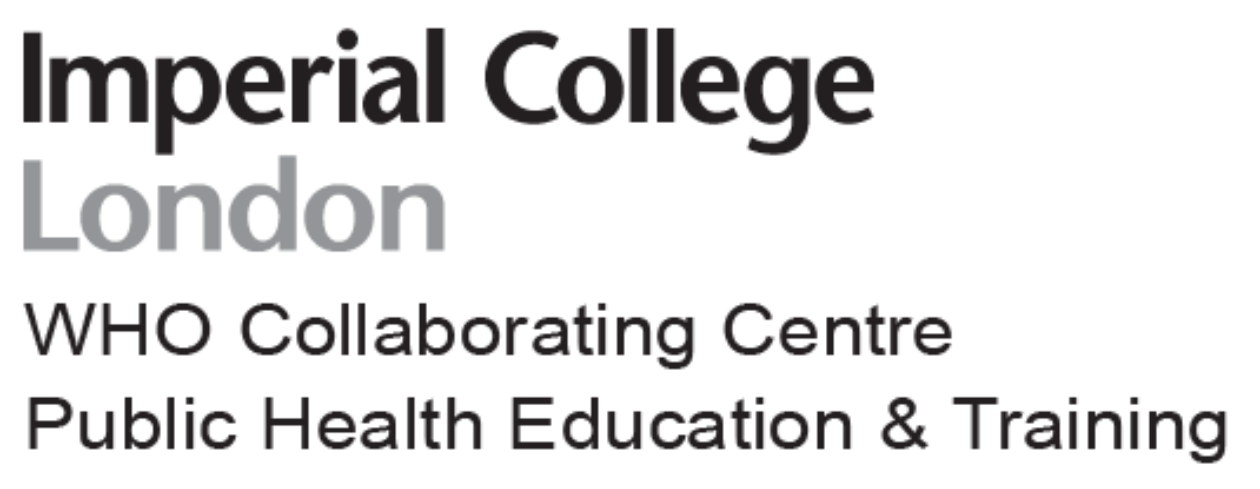Ultra-Processed Foods, personalised and precision nutrition scene

Ultra Processed Foods: all evil?
Celebrating its 15th year of improving nutrition, prevention, and health through scientific research and strategic collaboration NNEdPro Global Institute for Food, Nutrition, and Health met with the WHO Collaborating Centre for Public Health Education and Training on the 16th of January 2023 to gain a scientific and strategic consensus on ultra-processed foods (UPFs) and precision nutrition that are reflected in publications and external communications.
The first part of the meeting focused on ultra-processed foods. Recent years have seen a growing body of literature linking the consumption of UPFs to specific health issues. However, there are also concerns about the simplicity and robustness of UPF classification methods and the quality of study designs used to investigate the relationship between UPF and health. Concerns have also been raised about the appropriateness of UPF classification, the poor quality of the information in some studies, and the need to consider the whole diet picture rather than demonizing individual foods. The challenges of conducting research on UPF, including the complexity of food technologies and the lack of long-term health data on certain food additives, have also been discussed.
Dr Federica Amati, who represented both organisations, emphasized the need to focus on the quality of studies rather than solely relying on NOVA classifications. The NOVA classification system is a set of descriptive criteria that assign foods to one of four groups: (1) unprocessed, (2) processed culinary ingredients, (3) processed foods, and (4) UPF1. Prof. Eleanor Beck highlighted limitations of the NOVA classification system, in that it lumps nutritious and fortified foods, such as Weetabix, with processed foods that contain little nutritional value, refined sugars and other ingredients which may negatively impact health in one group of UPF. For instance, cheese serves as a great example: while a great source of potassium and calcium, it is found in group three of processed foods2. This conflation calls for a change in the system to help individuals make healthy eating choices. Dr Marie-Ann van Ginkel, Senior Lecturer in Nutrition at the University of Brighton, suggested looking at how the food matrix is broken down by processing in various UPFs and creating different groups of foods based on processing level. From a public health perspective, Celine Tabche from WHOCC, mentioned the importance of clarity of messages to the public to avoid an infodemic and the dangers of demonising foods. The group later discussed the affordability and accessibility of healthy, unprocessed foods, especially in low-income and isolated communities. A significant emphasis was placed on the importance of promoting the consumption of healthy foods, such as whole grains, as well as canned and frozen fruits and vegetables, as a more affordable alternative, as well as encouraging the food industry to produce products with fewer additives. Another important point came from Prof. Daniele Del Rio, who highlighted the dangers of communication to the public around food additives (‘chemicals’) in UPFs. Moreover, Prof. Kathy Martin emphasized that in many instances, food additives make food products that are safer to consume, more durable and accessible, and are crucial to healthy eating in various communities. Redefining the classification of UPFs will help encourage companies to reformulate their products, making them healthier for consumers. Experts are committed to advancing our understanding of the relationship between UPF and health and promoting healthy whole foods. However, there is still much work to be done to improve the quality of research and classification methods and to make healthy food more affordable and accessible for all.
Precision nutrition for all?
The session’s second portion discussed the concept of precision nutrition and its potential applications in health promotion and disease prevention. Currently, 1% of the population in the UK adheres to nutritional guidelines such as the Eatwell Guide3. There was a consensus amongst the group that this highlights the need for targeted and personalized approaches to nutrition rather than blanket recommendations.
Precision nutrition, under the umbrella of precision medicine, seeks to improve the personalization of the treatment of disease through the consideration of DNA, metabolism, health history, and other factors4,5. Personalized nutrition pertains more to individual nutritional requirements based on medical history. Both definitions focus on the individual rather than the population. Dr Amati started the discussion by stressing the usefulness of personalized nutrition for one-on-one work. She also stated that it can be made universal, using apps and at-home testing; accessible and affordable, allowing the field to grow; however, the group emphasised the distinction between personalized nutrition and precision nutrition. The more precision nutrition is applied, the more data it will generate for further development. Prof. Martin Kohlmeier, from the University of North Carolina, emphasized that specific dietary treatments based on genetic data have been used for years, for instance for Phenylketonuria (PKU). Other members of the group, including Prof. Sumantra Ray, Prof. Marisa Papaluca, and Prof. Del Rio were concerned about the risks of implementing personalized nutrition approaches too quickly. There is a need for checks and balances for GPs as well as nutritional apps. The work surrounding genetics is still in its early development; thus, collecting data and providing advice simultaneously could pose risks. Besides the concerns, however, precision nutrition also offers opportunities to engage people in making better dietary choices as it removes the generalization to a population level. One example is an individual with poor glucose control, for whom potatoes shouldn’t be their most consumed vegetable. With precision tools in a personalized stage, people are more likely to engage, as they can see how it alters the pattern of their metrics. The more extensive implementation of personalized precision nutrition allows the recognition that not everybody responds to a particular nutritional input the same way.
The NNEdPro Global Institute for Food, Nutrition and Health and WHOCC had productive and aligning discussions around concerns and challenges surrounding UPF classification methods and precision nutrition, emphasizing the need for promoting healthy, whole foods and targeted, personalized approaches to nutrition. They identified the need for further research as well as actions around the two concepts.
[1] Braesco V, Souchon I, Sauvant P, Haurogné T, Maillot M, Féart C, et al. Ultra-processed foods: How functional is the nova system? European Journal of Clinical Nutrition. 2022;76(9):1245–53.
[2] Monteiro CA, Cannon G, Lawrence M, Costa Louzada ML, Pereira Machado P. Ultra-processed foods, diet quality, and health using the NOVA classification system [Internet]. Food and Agriculture Association of the United States. 2019 [cited 2023Jan19]. Available from: https://www.fao.org/3/ca5644en/ca5644en.pdf
[3] Adherence to government's Eatwell guide key to more sustainable diets [Internet]. British Nutrition Foundation. British Nutrition Foundation; 2021 [cited 2023Jan19]. Available from: https://www.nutrition.org.uk/news/2021/adherence-to-government-s-eatwell-guide-key-to-more-sustainable-diets/
[4] Precision nutrition [Internet]. The Nutrition Source. Harvard University ; 2021 [cited 2023Jan19]. Available from: https://www.hsph.harvard.edu/nutritionsource/precision-nutrition/
[5] de Toro-Martín J, Arsenault B, Després J-P, Vohl M-C. Precision nutrition: A review of Personalized Nutritional Approaches for the prevention and management of Metabolic Syndrome. Nutrients. 2017;9(8):913.
Summarised by: Lorna Robertson
Revised by: Ela Augustyniak and Sarah Armes (NNEdPro)
NNed Pro Global Institute for Food, Nutrition and Health is a strategic partner of the WHO Collaborating Centre

